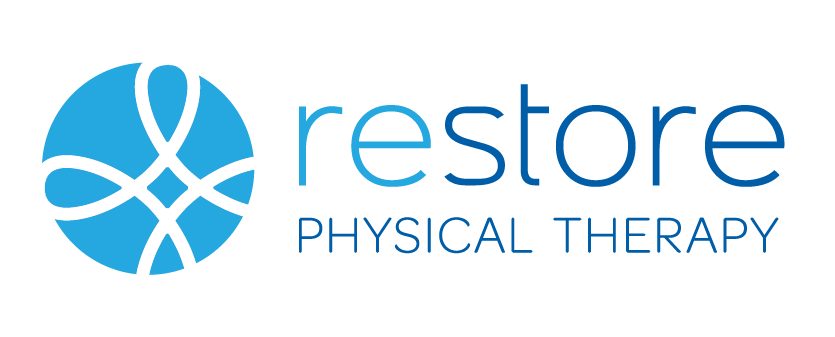Training Tips: Smarter vs Harder?
One of the most common phrases we hear in the world of rehabilitation and strength & conditioning is “Train Smarter, Not Harder”. In many instances I agree, but that doesn’t mean we can’t still train hard! I am a firm believer in maximizing the moments you have. Many of us have several other obligations on a daily basis, which only allows a certain amount of time to dedicate towards injury prevention, strength training or sports performance. We need to ensure that during those times, we are providing ourselves with the training that is going to help us, not hurt us! So how do I know if my training routine is appropriate? Let’s address some really important questions first.
Do I have an injury?
One of the largest predetermined factors for injury is simply, previous injury! If you are doing an overhead press and have been dealing with shoulder pain for 6 months, you need to address the following criteria:
1) Do I still have pain?
2) Can I demonstrate proper mechanics?
3) What is preventing me from accomplishing this movement without pain?
If you are unsure how to answer these questions, it is likely a good time to seek some help from your local, trusted professionals (Doctor of Physical Therapy, Strength & Conditioning Coach, etc). Make sure you are injury-free and have established a strong foundation prior to initiating a potentially harmful exercise.
Does this exercise match my goals?
Exercise selection is a huge piece of rehab and strength training. Most importantly, the client has to know what their goals are. For example, if you are a high school athlete looking to increase your vertical jump for basketball, or if you are a 60 year old grandmother who wants to pick up and hold your grandchild without pain. The exercise selection will vary drastically depending on the goal.
With that being said, we also have to determine if the selected exercise will provide the desired result. Take that high school basketball player for example...if he/she is trying to improve their vertical jump for rebounding but are only performing single-leg deadlifts, is that the best exercise to improve your jumping power? Although athletes should be training all aspects of their body, it is important to focus on the goal and create a program that will help bring the client safely and effectively closer to that goal.
Is the resistance appropriate?
Once the proper exercise program has been developed, we need to address the resistance. When to challenge yourself with increased weight or band resistance can be a tricky piece of the puzzle! Again, this is when utilizing an expert is helpful. Having someone to guide and manage your program is very beneficial, especially in regards to your health and safety. Train fast, be fast...train slow, be slow. Increasing resistance should only be a thought once you can demonstrate a certain number of repetitions at a lower weight, with perfect form, at adequate speeds that match your goals. Be sure that you are not only comfortable with the exercise but can perform that movement safely first. Increasing resistance before demonstrating control of the exercise is one of the leading causes of injury.
Is my training volume appropriate?
Lastly, is the volume of training appropriate for the client, at this specific stage of training. As a physical therapist, I have noticed that many of my clients in the last few months have had injuries due to over-training, or doing too much, too soon. This was a direct result of the COVID-19 pandemic. We see many athletes who have not performed any type of consistent exercise with their sport, all of a sudden get thrown right back into practice with a less than ideal progression of volume. If you have not performed sprints in 3 months and decide to tackle a sprint session the same way you did when you were in peak season, you are surely in for a rude awakening. It is crucial to progress slowly into your exercise program. There is no need to rush back into exercise or take on more than you are ready for. In order to prevent injury and improve safely, make sure that your volume is a reflection of your general athletic ability at that specific moment in time.
If you are dealing with any injuries that prevent you from achieving any of your goals, do not hesitate to reach out to the professionals at Restore Physical Therapy and Olympia Fitness + Performance. Our goals are to provide a safe environment with expert care and attention to detail, helping you achieve all of your expectations. Click the button below to set up a FREE Discovery Session to determine if physical therapy or strength training is appropriate for you!




